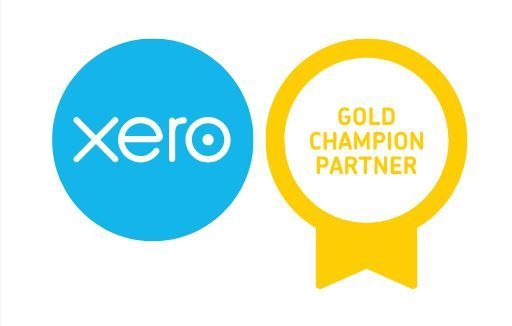Maximize Your Super Contributions with Carry-Forward Contributions
What are Carry-Forward Super Contributions?
Carry-forward contributions empower you to utilize any untapped portion of your concessional contributions cap over a rolling five-year period. These contributions are not an exclusive type; rather, they enable members of super funds to benefit from previously unused caps. This means if you don't utilize your full concessional contributions cap (e.g., $27,500 in 2023-24), you can carry forward the remaining amount for up to five years, boosting your savings.
Checking Your Available Balance, Made Easy
Discovering your available carry-forward amount is easy. Simply log in to myGov and access the linked ATO service. Go to the super menu, select information, and click on carry-forward concessional contributions. This will display your unused concessional contributions available to carry forward. If you prefer offline assistance, contact the ATO at 13 10 20.
Eligibility and Process Simplified
To be eligible for carry-forward contributions, ensure your Total Super Balance (TSB) is under $500,000 as of the previous financial year's June 30. The process doesn't require forms or notifications; just make contributions as usual through your employer or personally.
How Carry-Forward Contributions Work: Case Studies
Let's look at two scenarios:
Kylie: with $310,000 Total Super Balance, taps into unused caps from previous years. In 2023-24, she contributes $52,500, exceeding the cap by $25,000. Through carry-forward, she uses her $15,000 leftover cap from 2018-19, followed by $10,000 from 2019-20, leaving $5,000 for later use. Kylie optimizes contributions within limits.
Arun: having $490,000 TSB, employs his $20,000 unused cap in 2023-24. Anticipating $16,500 from his employer, he adds a tax-deductible $31,000. His total contributions amount to $47,500, including the $20,000 carried forward. Arun strategically boosts contributions, considering his TSB's impact.
In a Nutshell
Carry-forward contributions provide flexibility for effective retirement planning, especially for those with unconventional work histories. By utilizing unused caps, you can optimize your contributions while minimizing tax implications. Start harnessing the power of carry-forward contributions to secure your financial future.
More details are available at https://www.superguide.com.au/how-super-works/carry-forward-contributions






